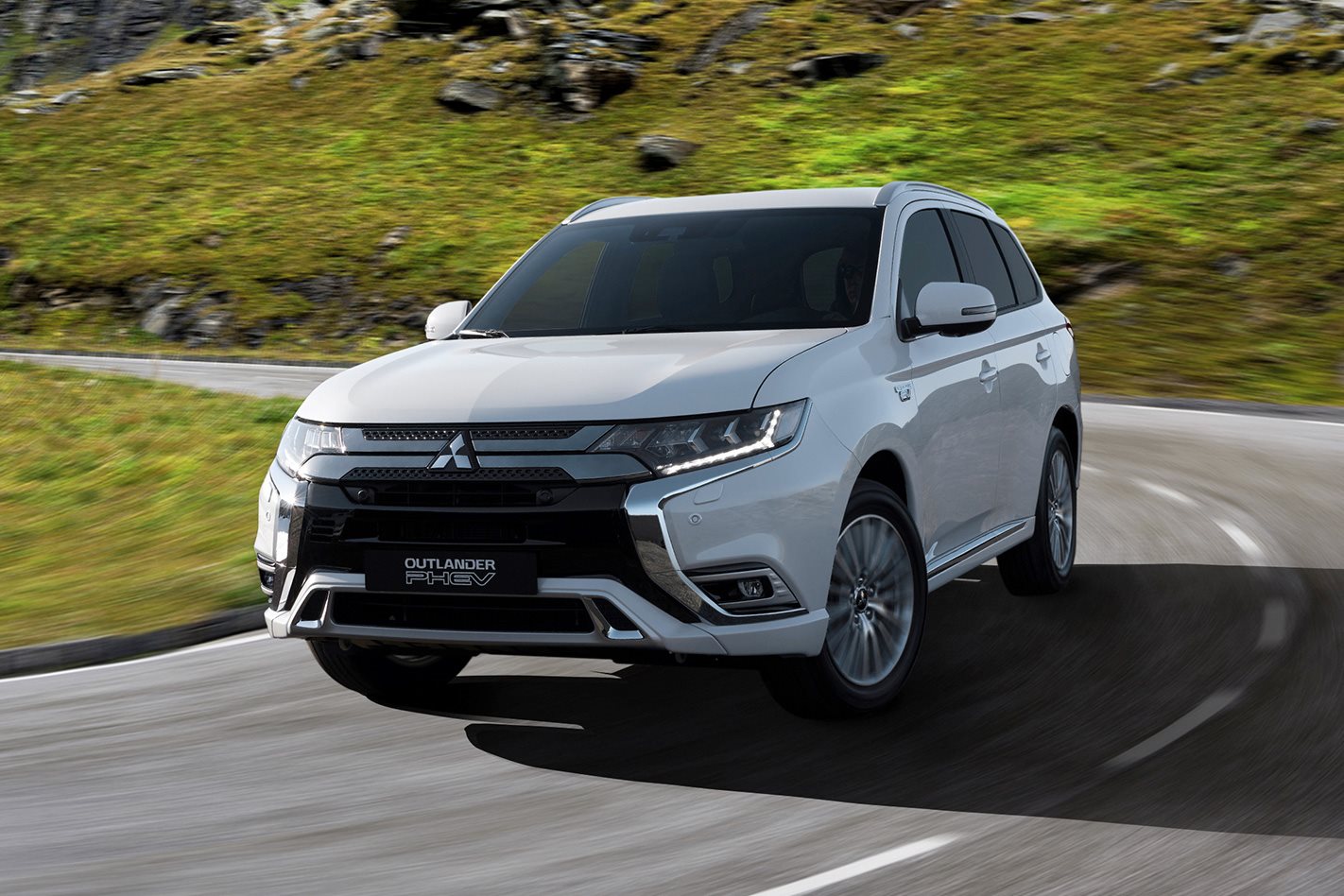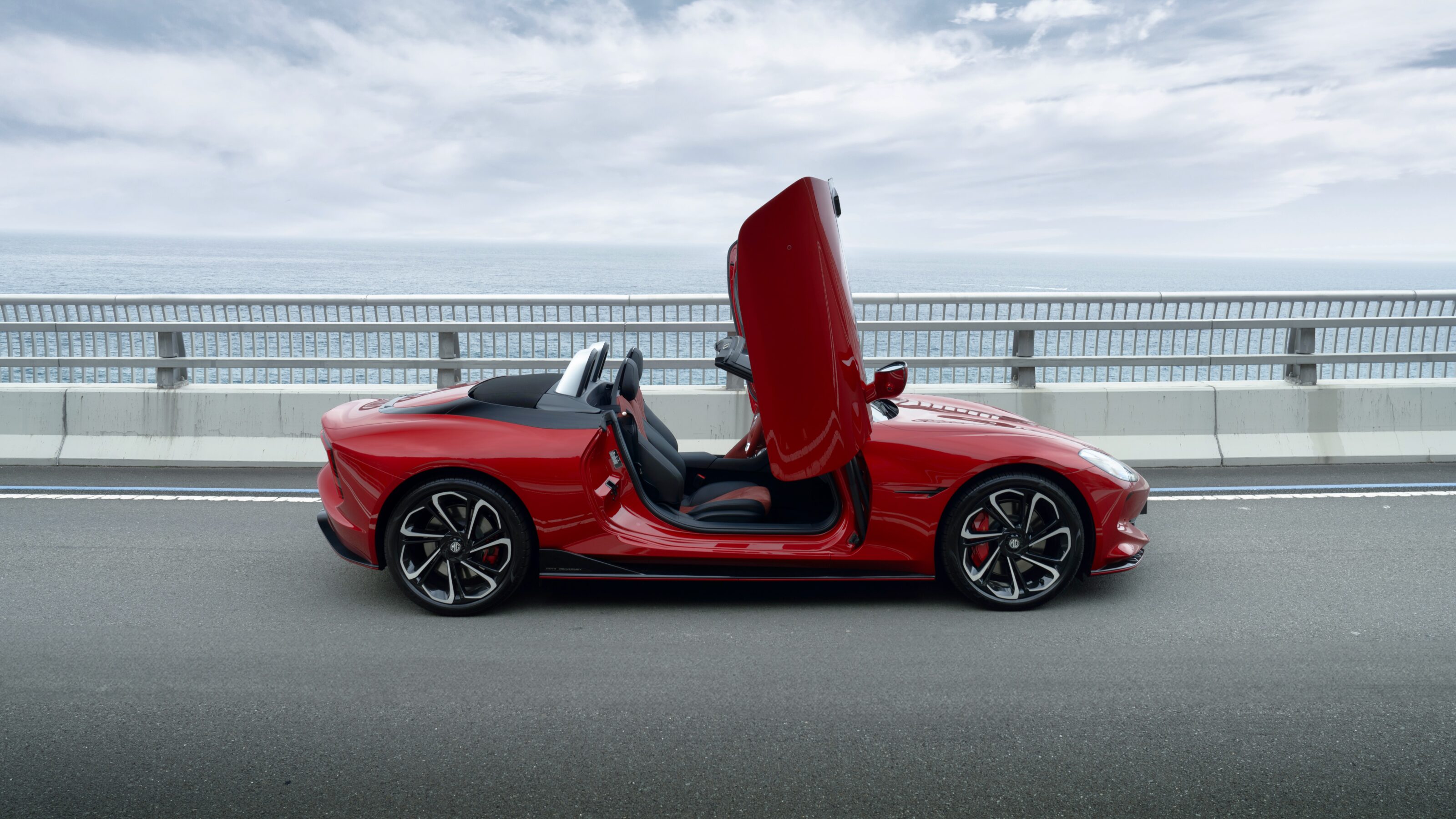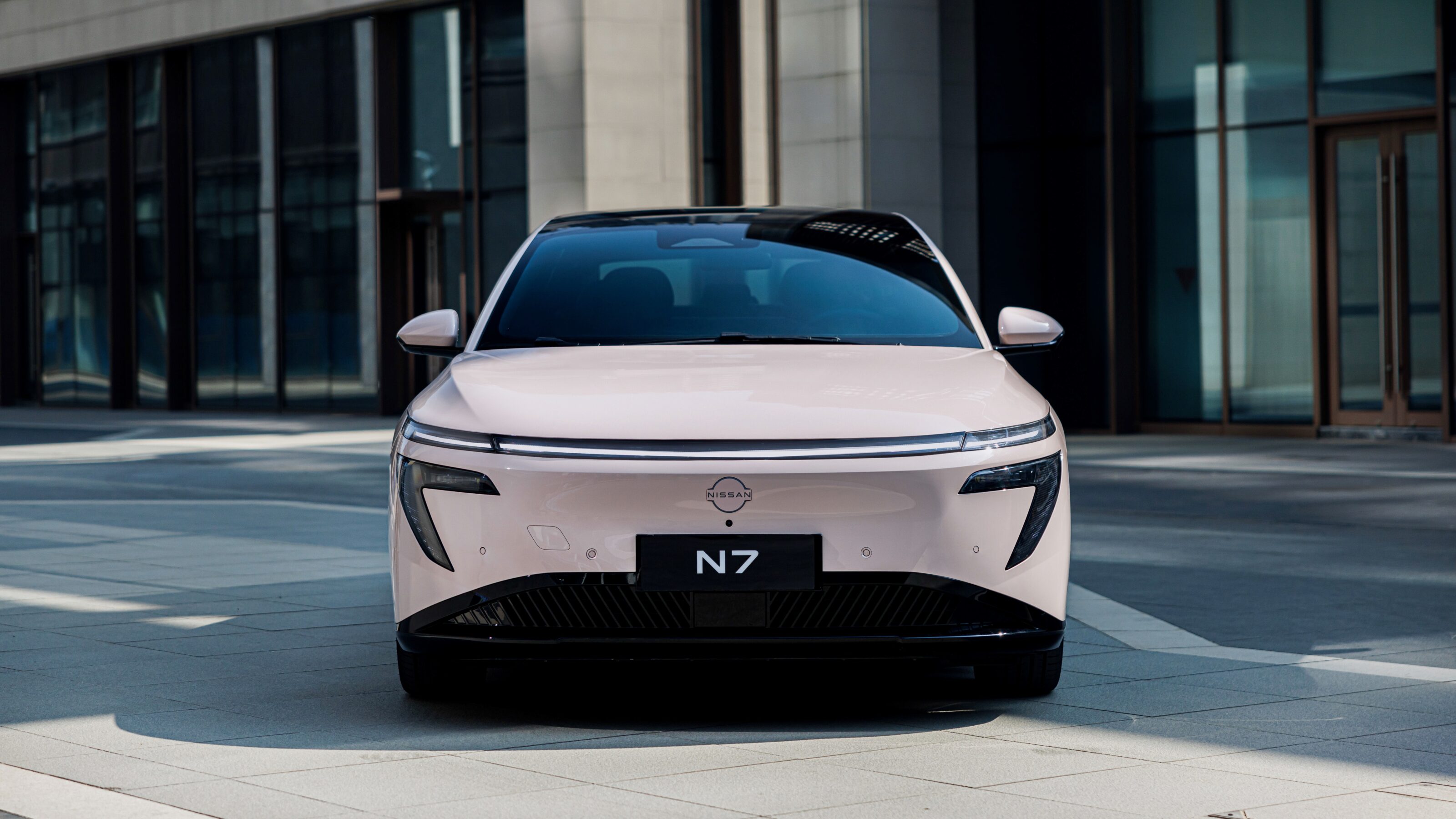
The Mitsubishi Outlander PHEV will gain a bigger engine as the plug-in electric SUV upsizes in a bid to eke out even better fuel economy.
The Outlander’s engine will jump from the current model’s 2.0-litre four-cylinder unit running on the regular Otto cycle to a 2.4-litre version running on the more fuel-efficient Atkinson cycle, the same unit that Japanese rival Toyota uses for its hybrid models.
Mitsubishi says the move to the bigger engine “allows for higher torque, smoother operation, and overall higher efficiency”. Toyota did a similar thing with the Toyota Prius, replacing its former 1.5-litre four-cylinder engine with a slightly bigger 1.8-litre unit when it jumped to its third generation.
The 2019 Mitsubishi Outlander PHEV is slated for a reveal at next month’s Geneva motor show, and introduces an improved electric drivetrain. Its generator and battery output have both increased by 10 percent, which is handy because the rear electric motor – it also has a front one – has upped its output by the same amount. It should also drive a bit further in its fully electric mode than the theoretical 54-kilometre range of the current model as the battery’s capacity has increased 15 percent.
The electric part of the drivetrain helps enormously with fuel economy; the current Mitsubishi Outlander PHEV on sale in Australia is officially rated at 1.7 litres per 100 kilometres, a number that’s highly achievable if your daily commute isn’t that long.
Outside, the 2019 Mitsubishi Outlander looks much the same, with some tweaks around its nose to give a more chiselled look compared with what was a busy front end, and a tailgate spoiler. However, the interior has had a makeover including reshaped front seats, improved switchgear and instrument panel, and air vents for the rear seats. Mitsubishi also claims it has improved the large SUV’s lacklustre dynamics – this was a focus of last year’s update to the Australian model, which helped it considerably.
The updated model is due in Australia in the second half of this year, about a year after tweaks to make the current plug-in Outlander on sale here more refined. Mitsubishi Australia head of corporate relations Karl Gehling said the updates announced for the Geneva-bound cars were unique to the European and Japanese markets. “We will not see all of the changes announced adopted in the Australian specification vehicles, however, we are considering them for future updates,” he said.
The plug-in hybrid electric version of the Outlander is a slow seller for Mitsubishi, but an important one in terms of establishing the brand as a pioneer of affordable, low fuel use SUVs in Australia and overseas. It was also one of the reasons rival Japanese brand Nissan was keen to take Mitsubishi over in a stunning coup last year, as it now gets access to the plug-in technology it sorely lacked.
Renault is also a member of the Nissan-Mitsubishi alliance, so expect to see more plug-in versions of those cars come to market over the next few years.
At the moment, there’s no real competitor for the $50,490 Mitsubishi Outlander PHEV (a less fleet-car special Exceed costs $5000 more and adds a raft of driver assist systems) unless you dip into the expensive European brands.
But you also have to weigh up that the Mitsubishi Outlander PHEV comes with some compromise. For starters, if you live in an apartment or don’t have a driveway, recharging it could be a problem. The other biggie, at least from a family point of view, is that the Outlander PHEV houses its battery pack where the third row of seats go in the conventionally engined versions, so if you’re shopping around for seven seats, cross the PHEV off your list.



